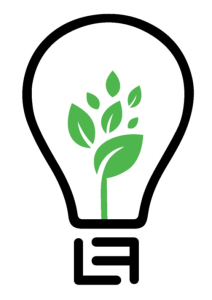Сommunity action Module - How to start and implement an activity or event
2. Session: Introduction - What is community action
Welcome to your second session of the Community action module!
It will take you 1 hour to complete it.
Learning outcomes:
At the end of this session, participants will be able to:
- understand the characteristics of community action activities;
- define possible areas and lines of action for community action.
Facilitators instructions
Start the session by discussing what participants think community action is and what the characteristics of community action are.
After the initial discussion, present the theoretical part on the definition and characteristics of community action projects.
After the theoretical part, compare the participants' initial views with the theoretical part and through discussion define possible community action projects that would be relevant for the participants.
1. What is community action?
Community action refers to collective efforts by a group of individuals or organizations working together to address issues, challenges, or opportunities within their community. The goal of community action is often to improve quality of life, create positive change, or achieve shared objectives. This can take various forms, such as organizing events, advocating for policy changes, addressing social issues, or providing resources and support to those in need.
2. Key Characteristics of Community Action:
- Collaboration: It involves the participation of multiple stakeholders, including residents, local organizations, nonprofits, and sometimes government agencies.
- Shared Goals: The community identifies a common issue or opportunity they want to address, such as improving education, reducing crime, enhancing environmental sustainability, or fostering inclusivity.
- Local Focus: Community action is grounded in the needs and priorities of a specific geographic area or group, such as a neighborhood, town, or social community.
- Empowerment: It seeks to empower individuals and groups to take ownership of problems and solutions, often fostering a sense of belonging and responsibility.
- Sustainability: Many community actions aim for long-term, sustainable impacts rather than temporary fixes.
Additional definitions of community action, each emphasizing different aspects of its purpose and methods:
Social Mobilization: Community action is the process by which people in a community collectively organize and mobilize their resources, skills, and knowledge to address shared concerns or achieve common goals.
Grassroots Initiatives: Community action refers to localized, grassroots efforts driven by individuals and groups within a community to address social, economic, or environmental challenges, often without significant external influence.
Problem-Solving Collaboration: Community action involves the collaborative efforts of residents, organizations, and stakeholders working together to identify problems, find solutions, and implement strategies that benefit the entire community.
Advocacy and Empowerment: Community action is the process of advocating for social justice, equity, and the empowerment of marginalized or disadvantaged groups through collective activities and shared decision-making.
Civic Engagement: Community action is the active participation of individuals in the civic life of their community, aiming to improve living conditions, strengthen social ties, and promote well-being through various voluntary activities and advocacy efforts.
Collective Response to Needs: Community action is the unified response of a community to address pressing local issues, such as poverty, education, health, or environmental concerns, through coordinated efforts and resource-sharing.
Participation in Change: It is the active involvement of community members in initiating and supporting actions that foster positive change and development within their local area.
Building Resilience: Community action refers to efforts that build the resilience of a community by strengthening social networks, addressing vulnerabilities, and fostering adaptability to change or challenges.
3. Discussion and practical work
Discussion on current community action activities that participants could implement - assessment of why they are community action activities and what they address.
